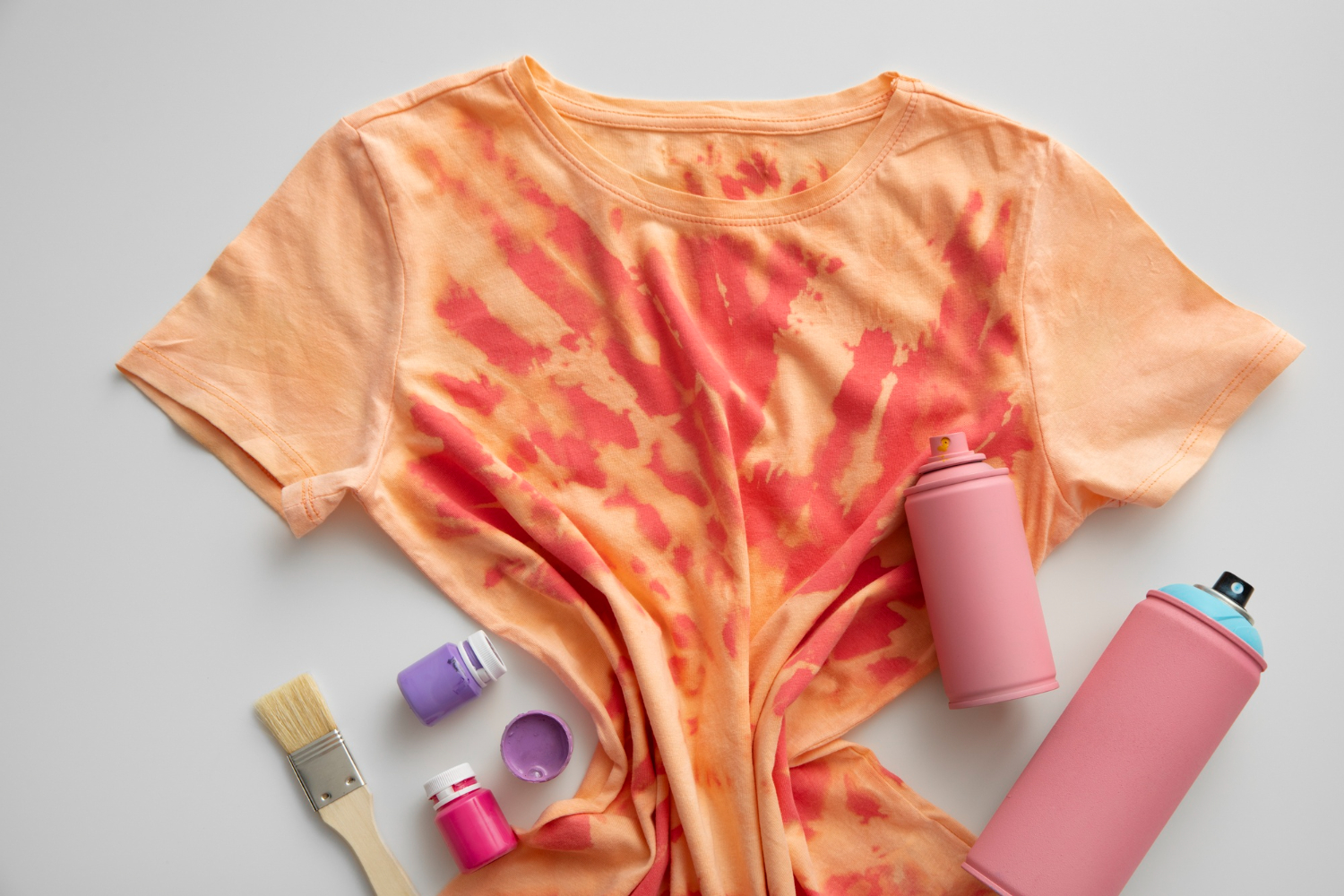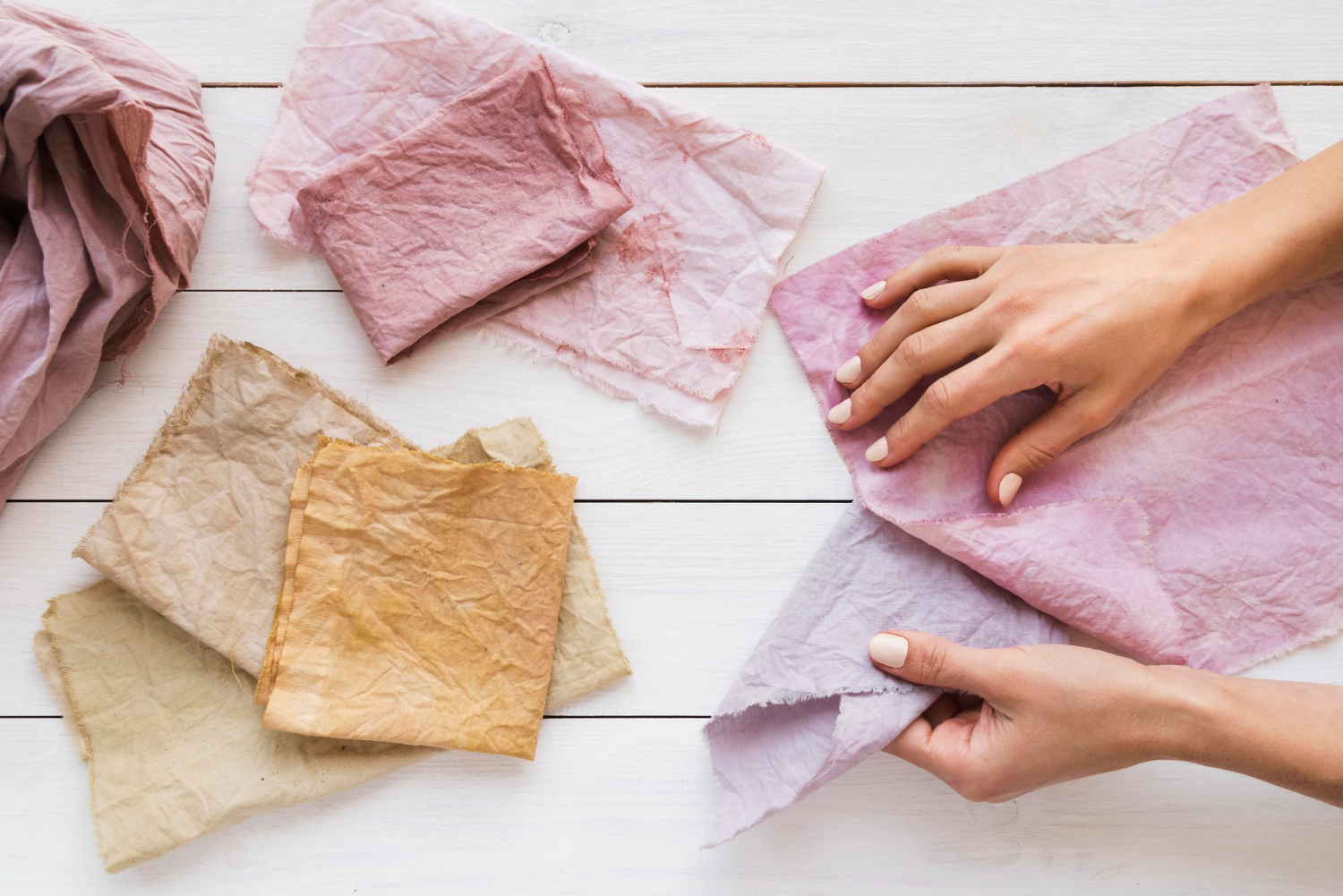Introduction
How to dry clothes without shrinking? Drying clothes is an essential part of our daily routine, but it can be a tricky task, especially when you want to prevent your favorite garments from shrinking. Shrinking occurs when fabrics are exposed to excessive heat or incorrect drying methods. In this in-depth guide, we will explore various techniques and tips on how to dry clothes without shrinkage, ensuring that your clothes remain in excellent condition for longer.
The Impact of Shrinking
Understanding the Science
Shrinking primarily happens due to the interaction of heat with the fibers in your clothing. Excessive heat causes the fibers to contract, resulting in shrinkage. It’s essential to grasp this science to prevent it.
The Consequences
Shrunken clothes not only look unattractive but can also become uncomfortable to wear. Moreover, frequent shrinking shortens the lifespan of your clothes, leading to more frequent replacements. Let’s delve deeper into how to avoid these consequences.
Choosing the Right Drying Method
Air Drying
How to dry clothes without shrinking: One of the safest methods to prevent shrinkage is air drying. Hang your clothes on a clothesline or drying rack to let the natural air circulation do the job. Avoid direct sunlight to prevent fading. When air-drying, take these precautions to ensure the best results.
Pros:
- Gentle on fabrics: Air drying is the gentlest method and is ideal for delicate items like lace, silk, and cashmere.
- Reduces energy consumption: It’s an eco-friendly choice, as it doesn’t use electricity or gas.
- Minimizes wear and tear: Clothes aren’t subjected to the tumbling and friction of a dryer.
Cons:
- Takes longer: Air drying can be time-consuming, especially for larger items like bed linens.
- Weather-dependent: You’ll need a sunny, dry day for optimal results. Rain or high humidity can slow down the process.
Tips:
- Use a clothesline or drying rack to maximize airflow.
- Avoid direct sunlight to prevent fading
Tumble Drying
If you prefer machine drying, use a low-heat setting. High heat can cause fibers to shrink rapidly. Adding dryer balls can help reduce wrinkles and maintain fabric separation. Let’s explore the nuances of tumble drying and how to protect your clothes.
Pros:
- Faster than air drying: Tumble drying is significantly quicker, making it a time-saving choice.
- Convenient: It’s a practical option, especially for those with busy schedules.
- Suitable for bulky items: Large blankets, comforters, and towels dry more efficiently in a dryer.
Cons:
- May cause shrinkage if not used correctly: High heat can lead to shrinkage, so it’s important to use low-heat settings for delicate items.
- Can increase energy bills: Dryers consume a considerable amount of electricity, which can lead to higher energy costs.
Tips:
- Use the lowest heat setting possible for your garments.
- Add dryer balls to reduce wrinkles and maintain fabric separation.
Lay Flat to Dry
For delicate garments like sweaters, lay them flat on a clean surface to dry. This method helps maintain their original shape. Use a towel underneath to absorb excess moisture. Learn the art of flat drying to keep your knits and delicates pristine.
Pros:
- Ideal for delicate fabrics: Lay flat drying is perfect for maintaining the shape and texture of delicate garments like sweaters, lace, and knits.
- Preserves garment shape: The garment’s weight is evenly distributed, preventing stretching and deformation.
Cons:
- Takes up more space: You’ll need a flat surface, which may be limited in some homes.
- Longer drying time: Lay flat drying can take more time than other methods, as the garment dries at a slower pace.
Tips:
- Use a clean, absorbent towel underneath the garment to speed up drying.
- Gently reshape the garment while it’s damp to maintain its original form.
Avoid Overloading
Whether air drying or using a dryer, avoid overloading. Clothes need space to breathe, and overcrowding can lead to uneven drying and potential shrinking. Understand the importance of not overcrowding your drying space.
Tips:
- Shake out the wrinkles before drying.
- Keep similar fabric types together.
- Use a mesh laundry bag for delicate items.
Sorting Your Laundry – How to Dry Clothes Without Shrinking
Separating Fabrics
Sorting your laundry is crucial. Group clothes of similar fabrics together. Avoid mixing delicate fabrics with heavy ones to prevent friction and potential damage. For example, separate your jeans from your silk blouses. Here’s a comprehensive guide on how to sort your laundry effectively.
Tips:
- Use separate hampers for different types of laundry.
- Check pockets to remove any items that could damage other clothes.
- Wash heavily soiled items separately.
Turn Clothes Inside Out
Before drying, turn your clothes inside out. This protects the outer layer and the fabric’s colors from exposure to direct heat. Discover the benefits of this simple step in preserving your garments.
Tips:
- Protect printed or patterned items by turning them inside out.
- Close zippers and buttons to avoid snags.
Preparing for Drying
Shake Out Wrinkles
How to dry clothes without shrinking: Before hanging or placing clothes in the dryer, shake them out to remove wrinkles. This helps the fabric maintain its shape. For stubborn wrinkles, use a fabric steamer on low heat. Learn the art of wrinkle removal without risking shrinkage.
Tips:
- Use a fabric softener to reduce wrinkles.
- Roll clothes tightly to remove excess water before drying.
Use Fabric Softener
Fabric softeners can prevent static and friction, which can lead to shrinkage. Add a fabric softener sheet to the dryer, or use a liquid fabric softener when washing. Understand the role of fabric softeners in preserving your clothes.
Tips:
- Use half the recommended amount for a lighter scent.
- Avoid using fabric softener on towels, as it reduces their absorbency.
Drying Temperature and Time
Low and Slow
Choose lower drying temperatures, and be patient. It may take a bit longer, but it’s the safest option. Delicate fabrics, like lace or chiffon, should always be dried on the lowest heat setting. Delve into the importance of temperature control in the drying process.
Tips:
- Use the cool-down cycle to prevent wrinkles.
- Add a dry towel to absorb excess moisture.
Check Labels
Always check the care labels on your clothes. They provide guidelines on the appropriate drying methods and temperatures. Some clothes are explicitly labeled as “lay flat to dry” to avoid any heat exposure. Learn to decode care labels for your benefit.
Tips:
- Use a fabric-safe marker to highlight special care instructions.
- Research care symbols for international garments.
Keep an Eye on Moisture
During the drying process, periodically check your clothes. If they are already dry, remove them to prevent overexposure to heat. Understand the signs of dry clothes and avoid over-drying.
Tips:
- Use the moisture sensor setting if your dryer has one.
- Remove clothes while slightly damp to prevent wrinkles.
Storing Your Clothes
Folding vs. Hanging
How to dry clothes without shrinking: Consider folding clothes instead of hanging them. Hanging can stretch fabrics and cause them to lose their original shape. For structured garments like blazers, use padded hangers to maintain their shape. Explore the benefits of folding and the right hangers for various items.
Tips:
- Use padded hangers for delicate fabrics.
- Fold items loosely to prevent creases.
Storage Bags
To keep seasonal clothing free from moisture and dust, put it in breathable storage bags. Before keeping your garments in the bags, make sure they are dry and clean. Learn about the many kinds of storage bags and their practical applications.
Tips:
- Use vacuum-sealed bags for maximum space savings.
- Label storage bags for easy identification.
Use Cedar Blocks
To keep moths away from your stored clothes, place cedar blocks or sachets in your storage containers. They act as natural moth repellents. Learn how cedar blocks can protect your clothing from pests.
Tips:
- Refresh cedar blocks with cedar essential oil.
- Place sachets in pockets or sleeves for added protection.
Conclusion
Drying clothes without shrinking is achievable with the right methods and precautions. By understanding the science behind shrinking, choosing the correct drying method, sorting your laundry, and following essential steps, you can enjoy longer-lasting, well-maintained clothes that look and feel great.
Frequently Asked Questions
Q: How do I prevent my jeans from shrinking?
A: Jeans should not be dried at high temperatures and should be washed in cold water to prevent shrinkage. They may also be reshaped while they’re still wet.
Q: Can I use a hairdryer to speed up drying?
A: It is not advised since a hairdryer can produce excessive heat and cause sensitive clothes to shrink.
Q: Is it safe to use dryer balls to prevent shrinkage?
A: Indeed, by lowering friction and preserving fabric separation during the drying process, dryer balls can aid in the prevention of fabric shrinking.
Q: What is the best way to air dry clothes without a clothesline?
A: In the absence of a clothesline, you can use a drying rack or hang your clothing on hooks in front of an open window or other well-ventilated space.
Q: Why do wool garments shrink more easily?
A: Wool is highly susceptible to shrinkage due to its natural fiber characteristics. To prevent wool garments from shrinking, always hand wash or use cold water and low heat drying settings.
Scan Additional Content: How to Iron Clothes



